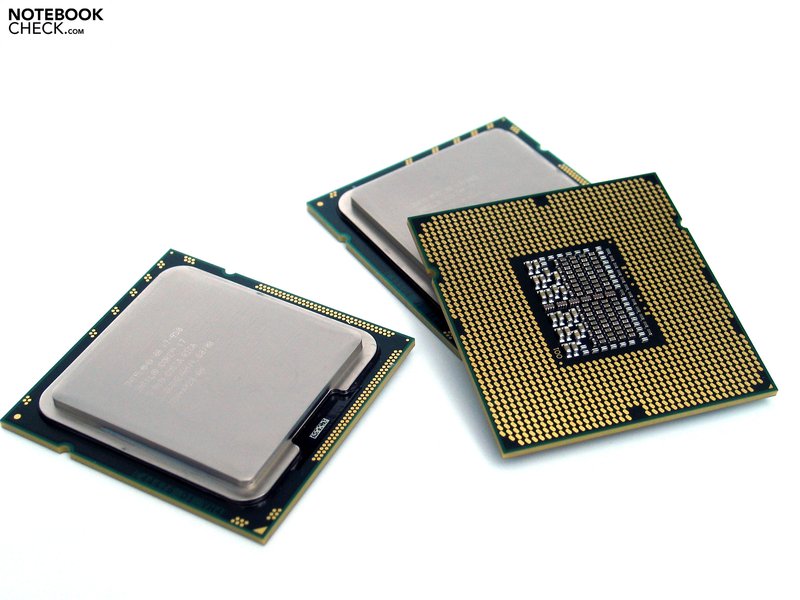What are you even talking about?
Are you talking about INSIDE the CPU, with the lid removed? If you are talking about the outside/top of the CPU heat spreader, then you simply remove it from the motherboard and clean it, and keep cleaning it, changing cloths repeatedly until it is fully clean, and the same for the bottom of the heatsink, using isopropyl alcohol and lint free cloths such as a microfiber wiping cloth like you would use for cleaning eye glasses or a paper coffee filter. You DON'T use paper towels, because they WILL leave both visible AND microscopic lint behind. Same goes for most types of cloths. In a real pinch you could probably get away with clean t-shirt rag material but I'd avoid it unless you have no other option AND you want to make sure you blow off any residual lint that might be on the surface afterwards.
Lint, even though it is very small and tends to be soft, can be enough to not allow the two surfaces to completely make contact and is a material that does not readily facilitate the transfer of heat from surface to surface.



